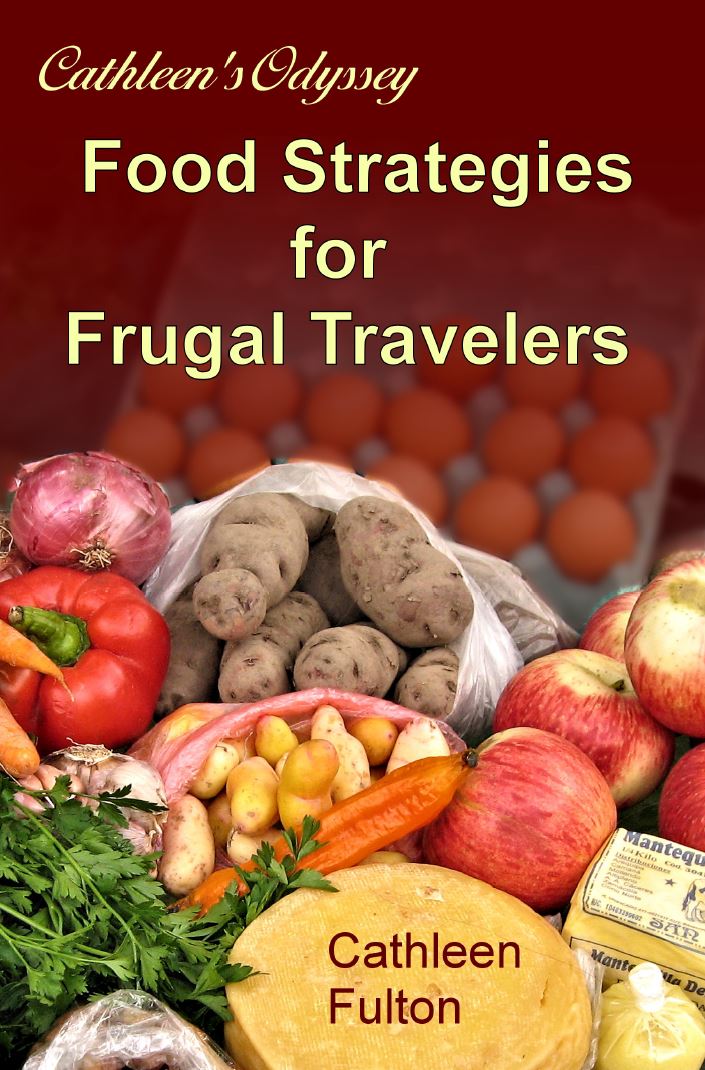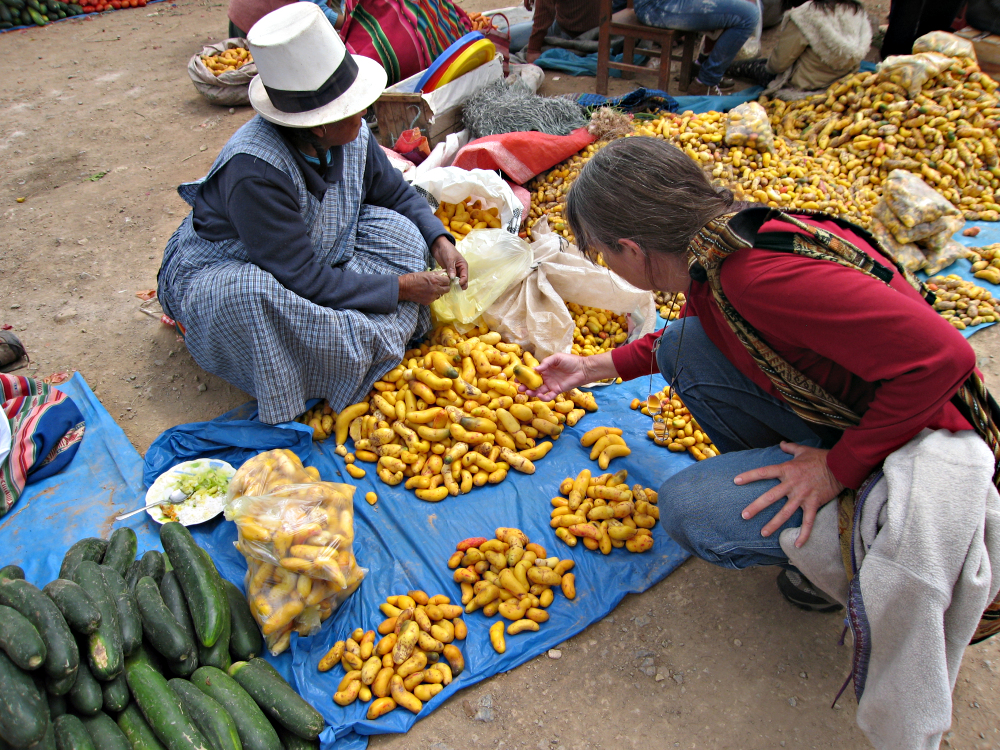5 More Food Strategies for Affordable European Travel
This is Part Two of a two-part series on food strategies for budget travelers.
You can read the first part here.
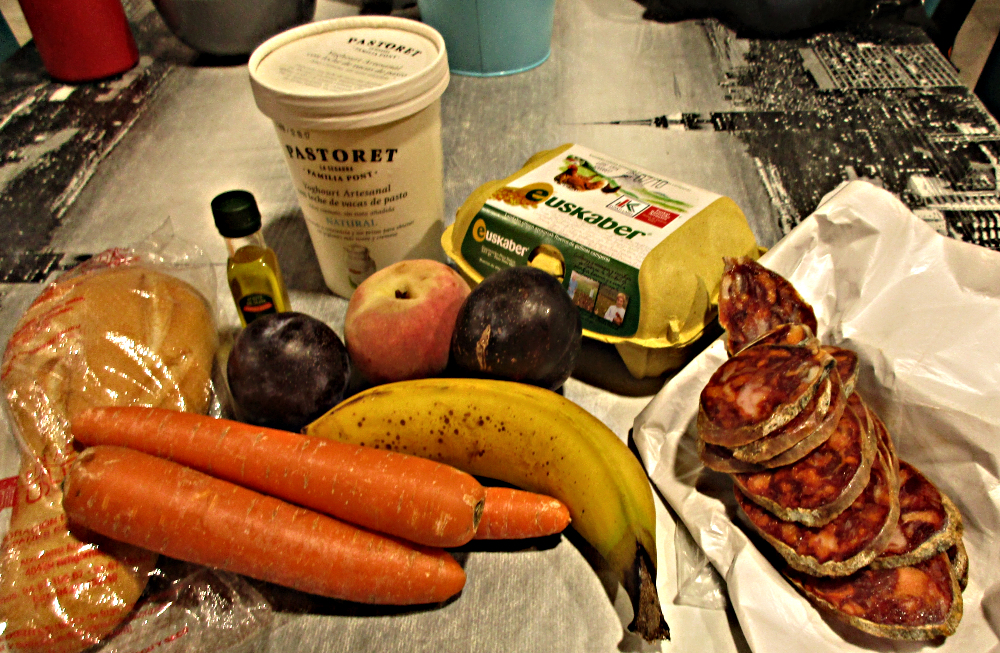
Introduction
Post Contents
During 2017–18, I spent thirteen months in Europe, including the UK, the Netherlands, and Denmark. “Isn’t that part of Europe expensive?” you ask? It doesn’t have to be.
During that 13 months, the average cost of the food I prepared myself was $129 per month and the average cost of food and drink I ate in cafes and restaurants was $164. This means that my average monthly food cost was less than $300.
My strategy for affording to visit some of my favorite European countries includes preparing most of my own meals and saving restaurants for the occasional special treats or opportunities to sample local fare.
Here are five more best practices for preparing most of your own meals and keeping food costs low while traveling. A more detailed food strategy can be found in my new e-book, Food Strategies for Frugal Travelers.
6. Don’t get fancy. Stick to the basics.
My goal is to be in and out of the common kitchen as quickly and with as little mess as possible. You can create stunning and healthy whole-meal salads or sandwiches with little to no actual standing-over-the-stove cooking—and very little clean-up.
Pre-washed greens are very common in European supermarkets—even the small neighborhood markets. Add some favorite fresh vegetables, a hard-boiled egg and flavorful cheese, like sharp cheddar or feta. I often dress salads up with something from my pack like raisins or toasted seeds. Grab a roll from the market bakery or some crackers. If you are really hungry, “bake” a potato in the hostel microwave to put on the side.
Sometimes my breakfasts are really quick: oatmeal or muesli, yogurt or milk, fruit, and maybe some seeds.
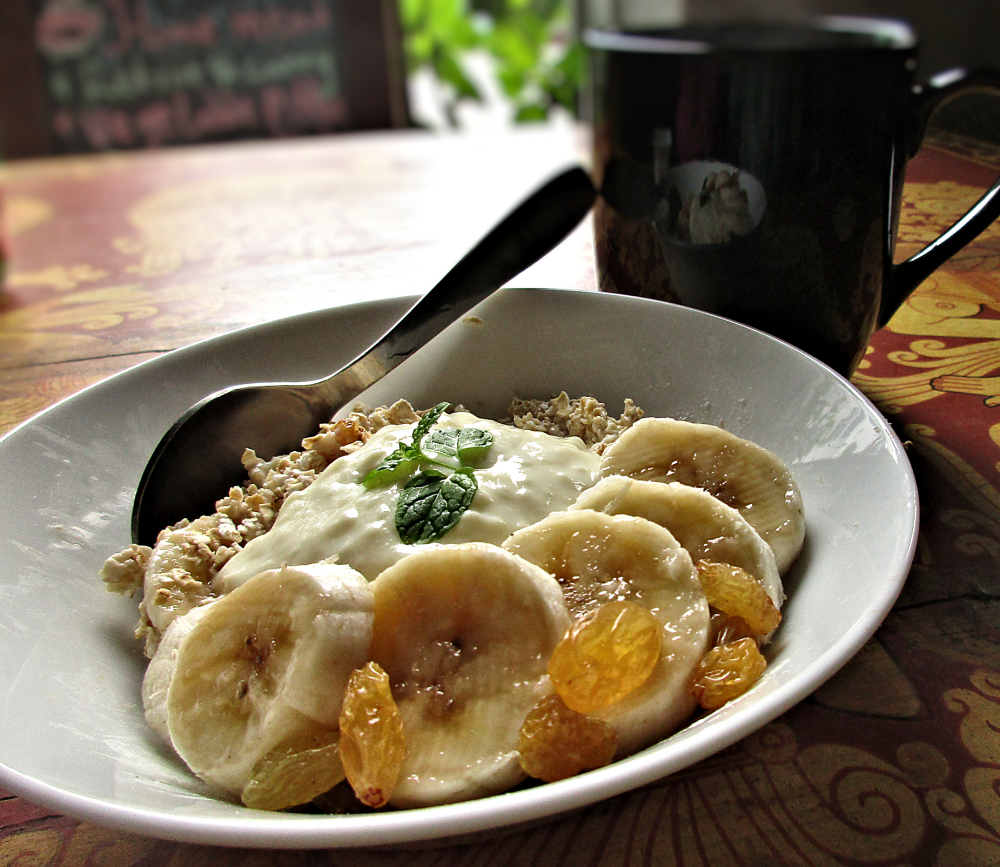
7. “Bulk cooking” saves time and money.
A bulk-cooking strategy saves time and money,
and ensures you are not tempted to stop at a café after a long day being a tourist.
Don’t worry, it is not as hard as it sounds.
I mostly travel alone and prefer to NOT spend a lot of time fixing a meal for one person every evening. This is where “bulk cooking” comes in handy. When I plan to stay in one location for more than a couple days, I will cook up a batch of versatile stir fries, boil a few eggs, cook some rice, and maybe fry up some apples—enough for several meals. During the rest of the week, I will combine these in different ways, so I don’t get bored. I may spend an hour or so cooking on the first day, but after that, reheating and laying out the food takes minutes!
For example: Those stir fries are great on the rice the first night. In later dinners, they can be layered cold or hot over a salad, or on a baked potato and topped with feta cheese. Include them in a dinner omelet. Roll up in a wrap for a take-away lunch. Buy an inexpensive instant soup mix in the market and use the stir-fries to dress it up. Your imagination is the limit!
Tip
Do your bulk cooking during the middle of the afternoon when the kitchen is usually empty—easier for you and nicer for other guests.
In my e-book Food Strategies for Frugal Travelers, I dedicate an entire chapter showing you how to do bulk cooking and plan for leftovers while traveling.
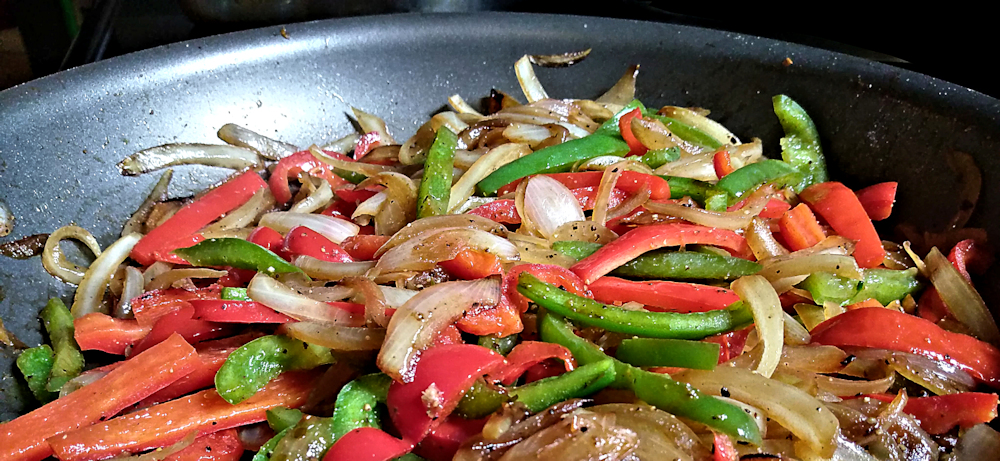
All these tips and much more are covered in detail in
Food Strategies for Frugal Travelers.
And, I have included my favorite on-the-go recipes.
See a preview and purchase the book here.
8. Pack your lunch.
When you get hungry, it is easy to spontaneously purchase expensive prepared foods from a café or street vendor.
Visiting a museum for the day? Most tourist destinations—like museums and castles—have cafes, but they tend to be pricey. Take a break from the museum to find a nearby park and enjoy that sandwich in your daypack. Have a day of train or air travel coming up? I don’t need to tell most of you how bad and expensive airline food is now. How great it will be to have fresh, homemade food with you on the train or flight—better and cheaper—AND you can eat when YOU want to!
Tip
Pack your lunch the night before, incorporating leftovers from dinner. I often PLAN to have leftovers just for my next-day’s lunch.
9. Carry a useful assortment of staples and emergency food.
At any given time, I will have an assortment of some (not all) of the following in my pack:
- Oat flakes (oat meal) or Muesli mix
- Instant packets of soups/noodles
- Dried fruit
- Hard cheese
- Potatoes
- Onions
- Boiled Eggs
- Toasted nuts and seeds (These are very versatile.)
- Salt
- Sugar
- Cinnamon, pepper, or other herbs and spices1
- Oil
And I almost always have tea, oat flakes (raw oatmeal) or muesli, raisins, peanut butter, and carrots or an apple. Even if I am too tired to shop when I first arrive at my lodgings, I usually have enough ingredients to prepare a rudimentary supper before I fall into bed.
10. Carry a kitchen “kit.”
Cup and spoon
Sealable bowl
Cloth napkin or bandana
The above are useful for your packed lunches. The bowl can also be used to store leftovers in the hostel refrigerator.
Pocket Knife
I have never encountered a sharp knife in a public kitchen and almost always find myself using my own Swiss army knife. (Remember, however, for flying, you must put any knives in checked baggage.)
Small dry-bags
I cannot count how many uses these have: shopping bags, lunch bags, store your staples/emergency foods, doing laundry (oops, that is another subject!)
Half-liter insulated bottle
Especially useful if you enjoy having a hot drink while traveling.
Zip-lock Bags
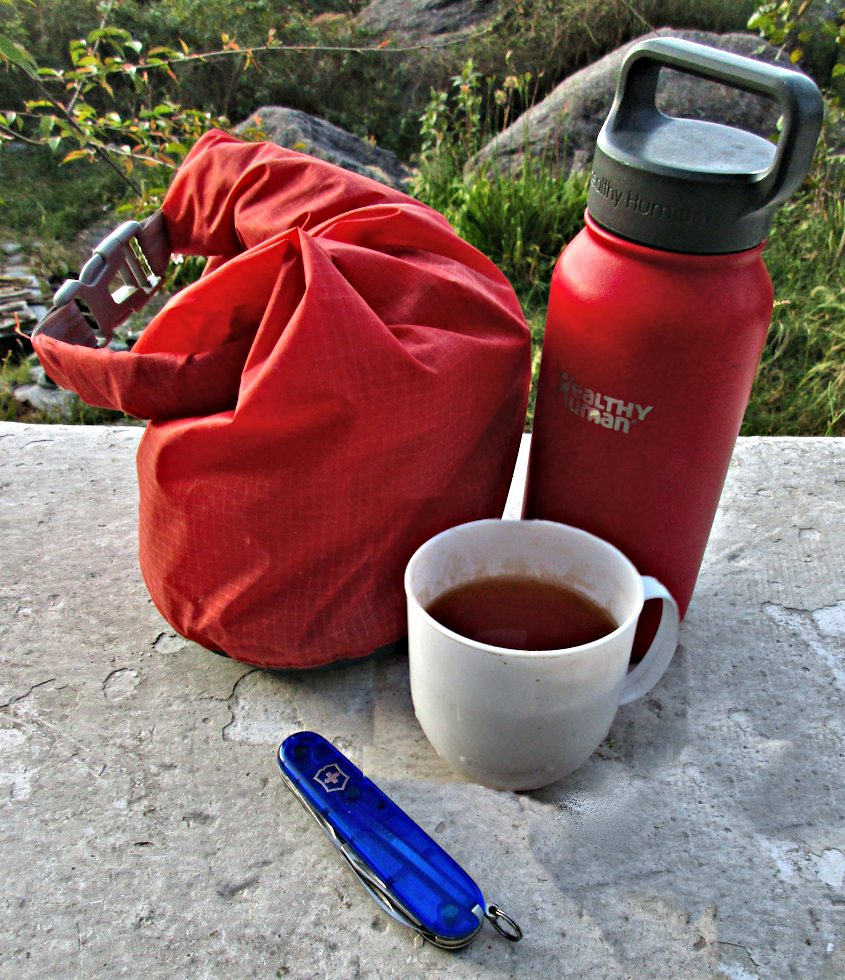
Don’t get me wrong…
I love to eat local specialties as much as anyone. In fact, you should see all the foodie photos I have on my Facebook pages! But I limit the frequency of eating out to only a few times a week instead of three times a day.…and even then, I choose special dishes from the regional cuisine
So, eat your main meal in, and go out to that sweet little bakery down the street for dessert. Or grab a pint at the local pub where a band is playing.
It won’t be long before other hostel guests look over at your plate longingly and remark, “Wow that looks good! Where did you get that?”

Want to read more?
This post is just a summary of the information, tips, lists, and recipes you will discover in
Food Strategies for Frugal Travelers
See a preview and purchase the book here.
Inspired?
Want to learn about how I travel?
Other Blog Posts You May Find Interesting

18 Ways I Save While Traveling
I spent 13 months in Europe during 2017-18 for less than $1,300 USD per month using the tips in this post.

Slow Down, You Move too Fast
You won’t see as much of your destination country, but your travel experience will be much more memorable and deeper—not to mention the very special perk of meeting and becoming friends with locals.

What is YOUR Travel Style?
It is important for each person to figure out what his/her travel style is. It may take a while, and it may change from time to time, and place to place. Don’t allow others determine what your travel style is.
